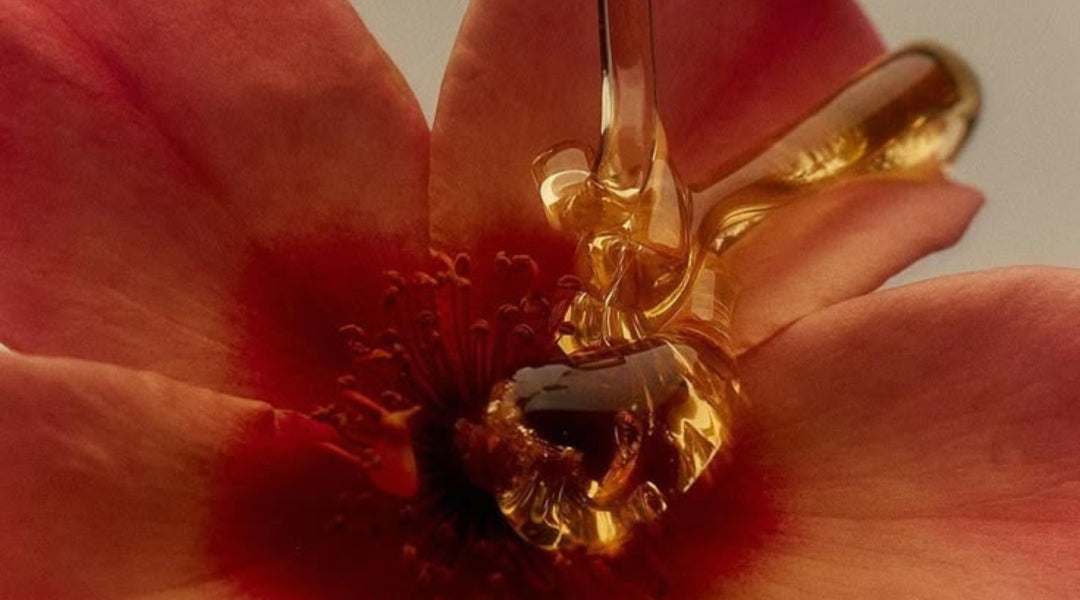Birth Control… Let’s Get Down To It

Pills, patches, and IUDs, oh my! Welcome to the birth control bazaar where choices abound and hormones reign. Some lucky ladies find their contraceptive soulmate in a snap, while others need to play the field a bit. Fear not, because at Vee, we're channeling our inner cupid and presenting a roundup of the most accessible contraceptives, making birth control decisions as breezy as a right swipe on Tinder.
*Note, none of these protect against STIs. Don’t be a fool, wrap his tool.*
Swallow It
We have a love/hate relationship with ‘The Pill’. It’s a hormonal contraceptive which contains a combination of estrogen and progestogen and, at 99% protection, is by far the most common form of birth control in Australia. If you choose this, you’re marrying someone who needs to eat their dinner at 6pm on the dot every day as the Pill requires a strict routine of taking it at the same(ish) time daily. Choose to deviate and it could increase your chance of becoming a baby mumma. Plus, side effects can be real mood crashers, from weight gain to mood swings. Not exactly our idea of a good time.
Stick It
No, it's not a nicotine patch for rebels. The skin patch is the pill's cool cousin. It's the same hormonal cocktail, just served up on your arm instead of your plate. The pros and cons? Well, they're basically the same. You'll be rocking it for three weeks straight, then get a week's vacation for Aunt Flo's visit.
Inject It
The injection is for the busy bees who don't want daily pill reminders. You roll out the welcome mat every three months, and it’s about 99% effective. But fair warning, if it brings hormonal hiccups, you're stuck with them for the entire trimester. Chocolate cravings might skyrocket, or you could moonwalk into mood swings territory. Another twist? It can throw your fertility off-kilter for up to 18 months post-stop. So, if mini-yous are on the horizon, think twice.
Surgically Insert It
Meet IUDs: the marathon runners of contraception. The hormonal IUD hits 99.8% effectiveness, and its copper buddy is at 99.2%. They'll stay committed for five to ten years respectively, no pill poppin' required. But there's a catch: insertion into your uterus feels like a party crasher in your abdomen. Hormonal ones can give you lighter periods, while the copper model might throw a bigger period bash than you bargained for. They’ve got pros and cons that’d make even a see-saw jealous.
Implant It
The implant, a flexible rod, snuggles into your upper arm. Think of it as a long-term affair, lasting up to three years. Artificial hormones come to the party, so mood swings might RSVP. On the plus side, you can RSVP a swift goodbye party, since it’s immediately reversible. With a 99.99% effectiveness score, it’s basically the MVP of birth control methods. But beware—feeling like you've got a hidden mini-sword under your skin might be the only drawback.
Block It
The vaginal ring is something you can stick up and take out yourself. It’s kind of like the newer, sexier version of a female diaphragm. It contains both estrogen and progestogen and you chuck it up there for 3 weeks at a time, throw it away and replace it with a new one. The ring works the same way as the pill and patch do, by stopping ovulation. Again, with anything that has added hormones, you run the risk of experiencing various side effects.
Track it
Not a fan of hormone-heavy parties? Cycle tracking apps are all the rage. Natural Cycles is like your personal fertility GPS, boasting a 93% effectiveness rate. It tells you when to go wild and when to play it cool. If you're up for some DIY detective work, you can monitor your temp, mucus, and calendar. Just be sure your busy schedule isn’t too chaotic for this adventure.
In a world beyond the withdrawal method, variety is the spice of birth control life. We're all unique, so what rocks one person's boat might sink another's ship. While it might feel like a wild circus at the start, consult your GP and do some undercover research. If one method’s not your jam, remember you're free to change your tune until you find the sweet melody that suits you best. At Vee, we want you to have all the fun without the surprise party from the stork.
Enjoy yourselves ladies
xx
Marvin Gaye - Lets get it on - YouTube
References
https://www.zavamed.com/uk/types-of-contraceptives.html
https://www.plannedparenthood.org/learn/birth-control
https://www.larabriden.com/pros-cons-copper-iud-natural-health-perspective/




